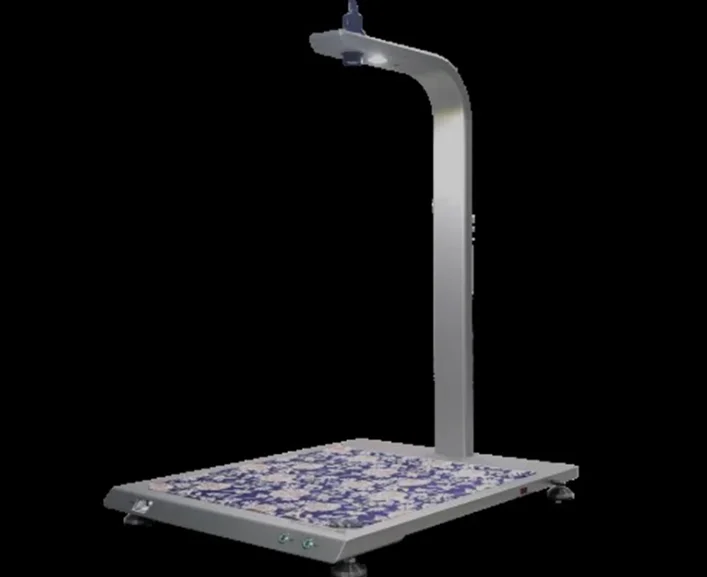Introduction
Understanding the shrinkage rate of textiles is crucial for manufacturers, designers, and consumers to ensure fabric quality and garment durability. The Shrinkage Test Method for Textiles helps determine how much a fabric will shrink after washing or drying, allowing for adjustments in production and care instructions. This article explores the standard procedures for measuring shrinkage, factors influencing fabric shrinkage, and industry-accepted testing methods.
What is Fabric Shrinkage?
Fabric shrinkage refers to the reduction in dimensions (length and width) of a textile after exposure to water, heat, or mechanical action (e.g., washing, drying). Shrinkage occurs due to:
Relaxation shrinkage (caused by the release of tension from manufacturing)
Felting shrinkage (common in wool due to fiber entanglement)
Hyproscopic shrinkage (resulting from moisture absorption)
Measuring shrinkage helps prevent ill-fitting garments, fabric distortion, and customer dissatisfaction.
Standard Shrinkage Test Method for Textiles
Shrinkage Test Method for Textiles
Several international standards govern shrinkage testing, including.
ISO 3759 (Textiles – Determination of dimensional change in washing and drying)
AATCC 135 (Dimensional Changes of Fabrics after Home Laundering)
ASTM D6192 (Standard Practice for Quality Control of Textiles)
1. Sample Preparation
Cut fabric samples (at least 500 mm × 500 mm) in both warp (lengthwise) and weft (widthwise) directions.
Mark reference points (e.g., 300 mm apart) using wash-fast ink or stitches.
Pre-condition samples in standard atmospheric conditions (20°C ± 2°C, 65% ± 4% relative humidity for 24 hours).
2. Washing and Drying Procedure
Different test methods simulate real-world laundering conditions:
A. Machine Washing (AATCC 135)
Use a standard washing machine with controlled water temperature (e.g., 40°C for cotton).
Add detergent (as per standard guidelines).
Select an appropriate wash cycle (e.g., “Normal” for home laundering).
After washing, either:
Tumble dry (following AATCC 135 guidelines)
Line dry (for fabrics sensitive to heat)
Flat dry (for delicate fabrics)
B. Hand Washing (ISO 3759)
Immerse the fabric in water with mild detergent.
Agitate gently for 10 minutes.
Rinse thoroughly and dry as specified.
3. Measuring Dimensional Changes
After drying, condition the fabric again (24 hours at standard humidity). Measure the distance between marked points and calculate shrinkage using:
Shrinkage Rate (%)=Initial Length−Final LengthInitial Length×100Shrinkage Rate (%)=Initial LengthInitial Length−Final Length×100
Positive value = Shrinkage
Negative value = Expansion
4. Repeat Testing
To ensure accuracy, repeat the test at least three times and average the results.
Factors Affecting Fabric Shrinkage
Fiber Type
Natural fibers (cotton, wool, linen) shrink more due to moisture absorption.
Synthetic fibers (polyester, nylon) resist shrinkage unless exposed to high heat.
Fabric Construction
Tight weaves shrink less than loose knits.
Stretch fabrics may recover but still exhibit some shrinkage.
Finishing Treatments
Pre-shrunk fabrics undergo controlled shrinkage during manufacturing.
Sanforization (for denim) reduces future shrinkage.
Washing & Drying Conditions
Higher water temperatures increase shrinkage.
Aggressive drying (high heat) exacerbates dimensional changes.
Industry Applications of Shrinkage Testing
Quality Control in Manufacturing
Ensures garments meet size specifications after washing.
Helps in fabric pre-treatment (e.g., pre-shrinking cotton before cutting).
Labeling & Care Instructions
Provides accurate washing guidelines (e.g., “Cold wash only”).
Prevents customer complaints due to unexpected shrinkage.
Research & Development
Evaluates new fabric blends for shrinkage resistance.
Tests the effectiveness of anti-shrinkage treatments.
Conclusion
The Shrinkage Test Method for Textiles is essential for maintaining fabric integrity and garment fit. By following standardized procedures (such as AATCC 135 or ISO 3759), manufacturers can predict and minimize shrinkage, improving product reliability. Whether for quality control, labeling, or R&D, accurate shrinkage measurement ensures textiles perform as expected throughout their lifecycle.
For consistent results, always adhere to industry-approved testing protocols and consider factors like fiber type, fabric construction, and washing conditions. Proper shrinkage testing leads to better textiles, satisfied customers, and reduced waste in the fashion and textile industry.
For more information on textile testing methods/standards
or textile testing machines, contact us:
What’s App: +86 180 2511 4082
Tel: +86 769 2329 4842
Fax: +86 769 2329 4860
Email: sales@tes.hk
